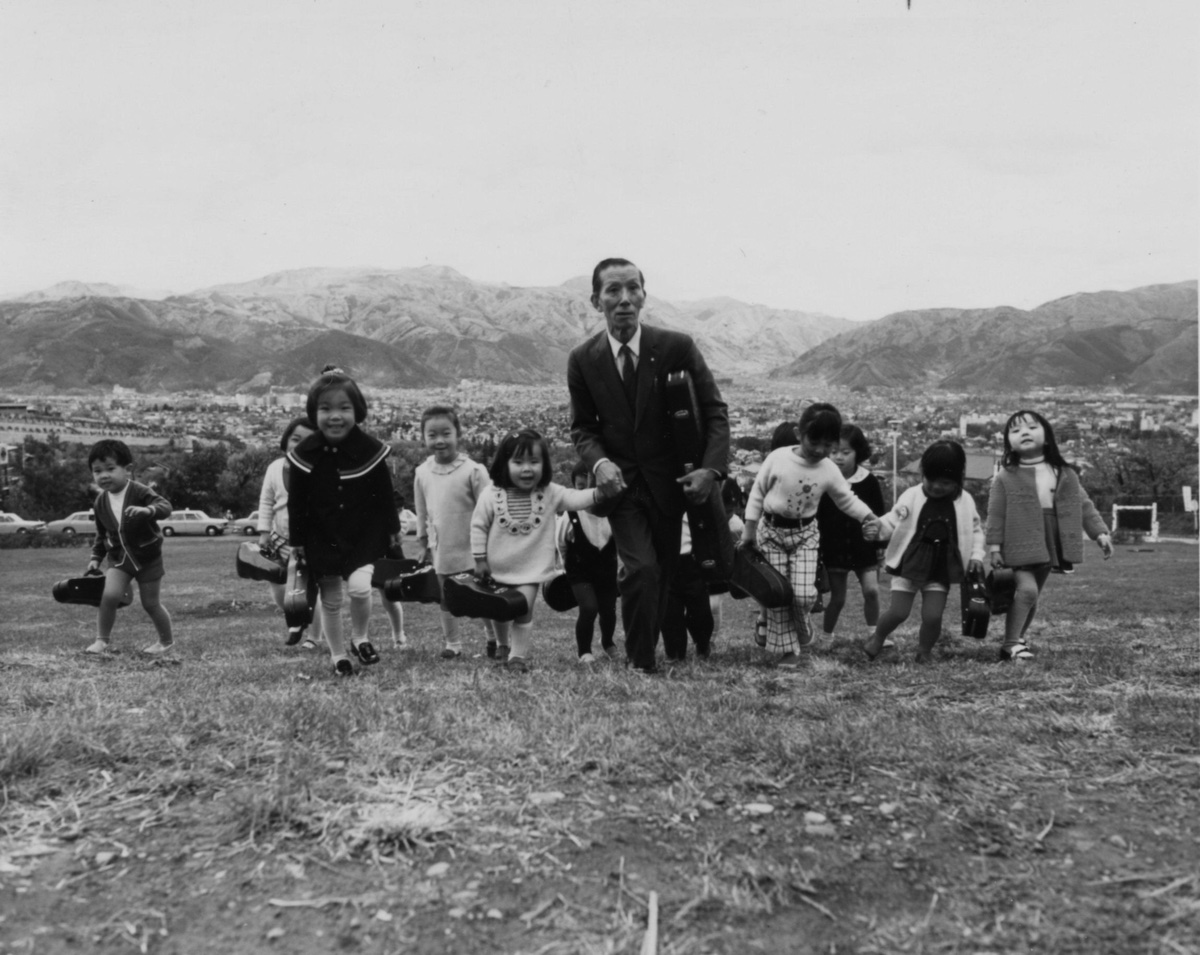The name Shinichi Suzuki is now synonymous with early childhood musical education. In her new book Suzuki: The Man and His Dream to Teach the Children of the World, Eri Hotta explores his unconventional musical development and his philosophy about how to teach music, now known as the Suzuki Method.
Hotta sets her book against the backdrop of Japan’s tumultuous 20th century, following Suzuki’s life from his days as a young man working in his father’s Nagoya violin factory to his studies in interwar Berlin, the beginnings of his teaching career in 1930s Tokyo, and the steady flourishing of his practice at home and abroad after the Second World War.
She explains how Suzuki’s aim was never to turn out disciplined prodigies, but rather to create a world where all children have the chance to develop, musically and otherwise. Suzuki believed that talent could be cultivated through education and all children should have their potential realised. As he himself put it, “It was not education of the violin… it is education by the violin.”
Below is an extract from Eri Hotta’s book.
 Holding tight to their violins, children stride...
Holding tight to their violins, children stride...










Comments
Log in to join the conversation.